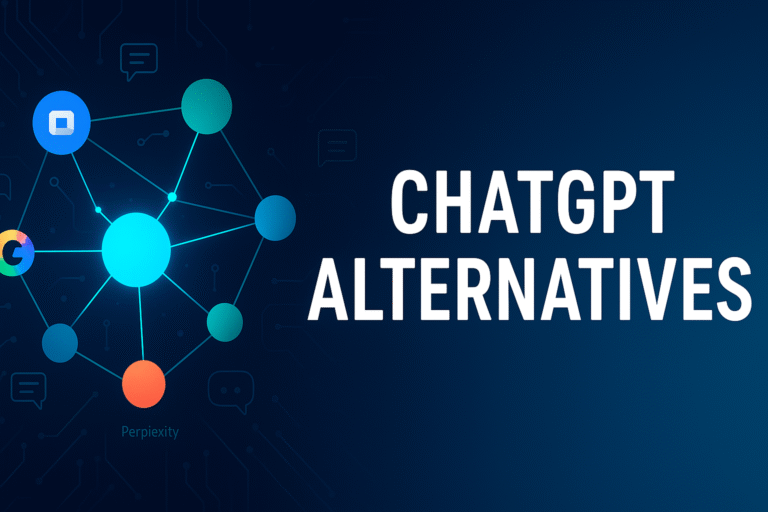Does the seasoned wisdom of your older workforce feel misunderstood or underutilized? In today’s dynamic professional landscape, understanding the perspectives of our senior employees – and how their views align or diverge from executive management – is more crucial than ever.
Se.Consulting recently partnered with a client to conduct an insightful study, surveying 1,003 employees aged 50 and over about their relationship with the workplace, their aspirations, and their outlook in uncertain times. To complete the picture, 300 senior executives were also surveyed to gauge their perceptions of employees nearing the end of their careers.
The results offer a fascinating look into the minds of our experienced workforce. Here are the key takeaways you need to know.
Master data analytics through real-world insights from Se.Consulting.
On this platform, you’ll gain hands-on experience with proprietary market research originally conducted for Fortune 500 companies, global enterprises, and government clients. Recognizing the critical skills gap in today’s workforce, we’ve curated anonymized case studies—paired with practical exercises—to accelerate your learning.
Each dataset reflects real business challenges, with geographic references standardized as Se.Republic (representing some of the world’s most influential economies). Whether you're a career changer or an emerging professional, this is your opportunity to learn from the strategies that shape industries.
Methodology
Senior Employees:
Online survey conducted from October 7–18, 2024, with 1,003 employees aged 50 and above.
Executive Management:
Online survey conducted from October 7–21, 2024, with 300 executives (decision-makers and middle managers).
Sampling
Representative samples were ensured using the quota method based on the following variables:
Executive Management: Industry sector and company size.
Senior Employees: Gender, age, industry sector, company size.
Loyalty and Lament: Seniors’ View of the Evolving Work Culture
Many older employees perceive significant negative shifts in the professional world since they started their careers. Their observations paint a clear picture:
- Less Company Loyalty: A striking 76% believe there’s less loyalty to companies today.
- Fewer Collaborative Relationships: 61% see a decline in collaborative bonds among colleagues.
- More Demanding Conditions: 55% feel work conditions have become more demanding.
- Declining Job Interest: Half of them (50%) note a general decline in job interest.
Their assessment of younger generations in the workforce is equally critical:
- Less Company Commitment: 78% perceive younger employees as less committed to the company.
- More Demanding: 77% view them as more demanding.
- More Detached: 74% find younger workers more detached from their work.
Unifying Priorities: What Both Generations Seek
Despite these differing perceptions of workplace culture, senior employees and younger generations surprisingly share similar fundamental expectations from a company.
Senior employees primarily prioritize:
- Job Creation: 50%
- Professional Fulfillment: 39%
- Social Value: 35%
Interestingly, younger workers align with these, though they place a bit more emphasis on social value (43%) compared to personal development (31%).
When it comes to top individual priorities, both groups are on the same page:
- Compensation: Valued by 37% of seniors and 40% of younger employees.
- Improved Working Conditions: A top concern for 40% of seniors and 33% of younger employees.
However, seniors also uniquely seek work that is meaningful and interesting (35%), highlighting a desire beyond just pay and conditions.
The “Senior” Label: A Mixed Bag of Perceptions
A majority of employees aged 50 and over (56%) identify themselves as “seniors” in the workplace. But what does that label mean to them?
- Neutral: 43% view the term “senior” as neutral.
- Negative: For a significant 38%, it carries a negative connotation.
- Positive: Only a small 19% perceive it positively.
Many senior employees feel undervalued in today’s work environment (55%), and a notable 51% feel they receive less recognition now compared to the start of their careers.
Mentorship: A Path to Recognition, But Not for Everyone
How can companies better integrate their senior workforce? Most respondents believe giving seniors mentorship or knowledge-transfer roles is key, with 57% supporting this idea.
However, it’s not a universal desire: over a third (37%) of older workers prefer to be treated equally, without specific roles based purely on age. This highlights the importance of individual choice and avoiding broad assumptions.
Retirement: A Significant Milestone Requiring Support
Retirement is clearly a looming concern for most employees over 50, with 78% thinking about it occasionally or frequently. While many anticipate relief, nearly a third (31%) express genuine financial concerns about it.
Overwhelmingly, a large majority (79%) believe companies should actively help employees prepare for retirement. Furthermore, 32% expect to receive direct information from their employers regarding retirement planning and benefits, underscoring a clear need for corporate guidance.
Conclusion
The Se.Consulting study provides valuable insights for executive management looking to engage and retain their senior workforce effectively. By understanding their perceptions, shared expectations, and concerns around recognition and retirement, organizations can foster a more inclusive and supportive environment that truly values experience.
At Wow! Editions, we believe reading should be more than just passive consumption—it should be an active and engaging experience!
Unlike traditional online articles, we’ve transformed the way you interact with content. After reading, you’ll have access to a downloadable PDF for online reading or printing (recommended).
What’s Inside the PDF?
1. A Summary of the Article – Get the key takeaways in a clear and concise format.
2. 10 Multiple-Choice Questions – Test your understanding of the article.
3. Case Studies & Real-Life Scenarios – Apply what you’ve learned to solve practical challenges.
4. Answer Keys & Suggested Solutions – Review and refine your knowledge.
We guarantee that by following our structured approach, the insights from each article won’t just be something you read—they’ll become a part of you.
Read. Engage. Apply. Grow



